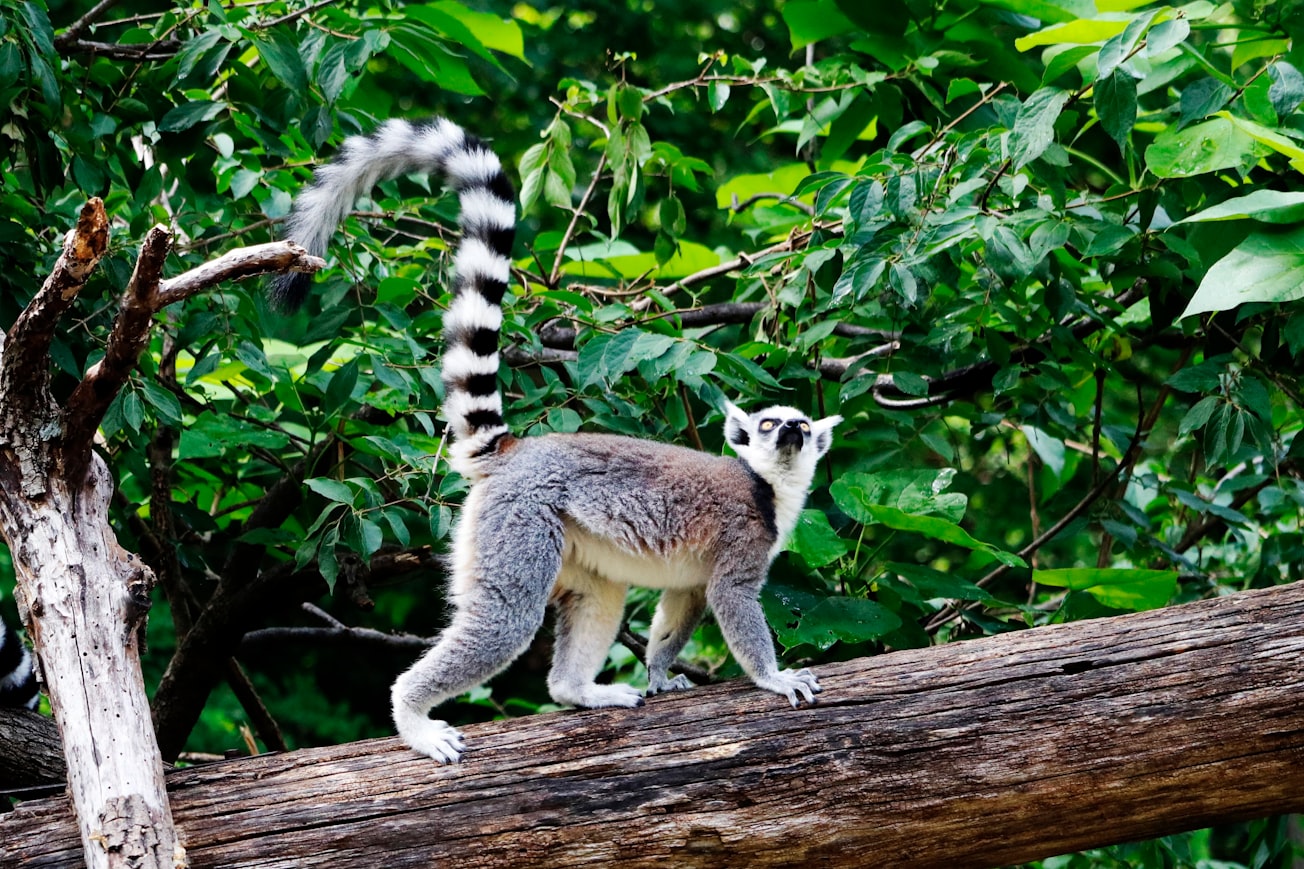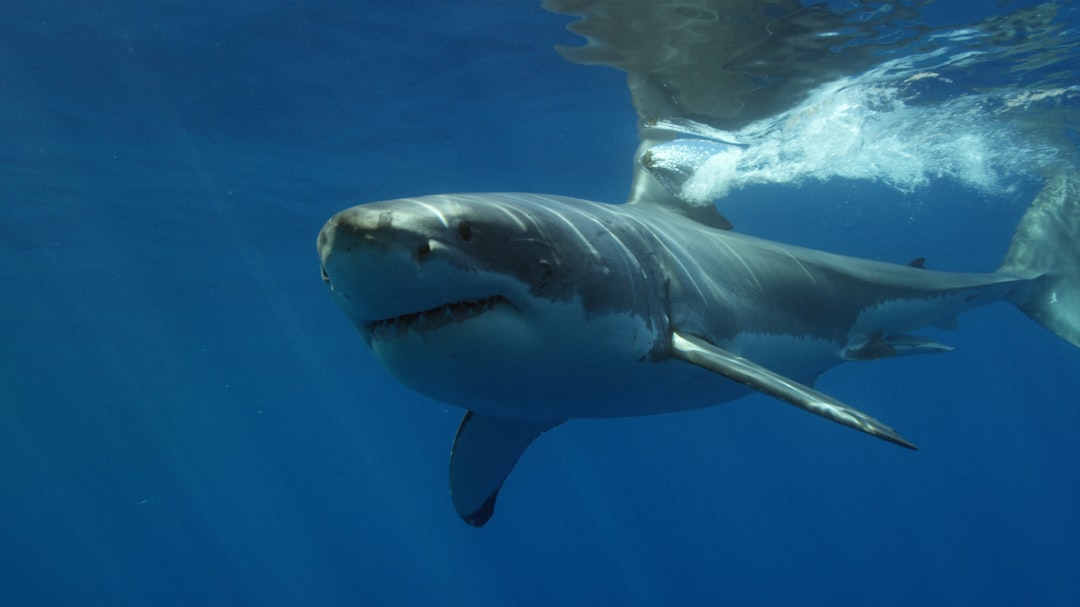What is it about?
Untrained lemurs used their sense of smell to locate fruit hidden more than 50 feet away in a forest. The lemurs were able to find the fruit when the wind blew the aroma toward them. The lemurs sniffed the air at one or more locations as they moved toward the fruit. Sometimes, after detecting the smell, the lemurs would return to spots where fruit had previously been hidden before tracking the odor plume, suggesting that odors may trigger memories of past meals.
Featured Image

Photo by Amy Reed on Unsplash
Why is it important?
This is the first-time research has demonstrated that primates can track a distant smell carried by the wind. Many animals use their sense of smell to locate food. However, less is known about whether primates can smell food that is far away, or if they instead rely on visual cues or memory to find their next meal. Because many primates live in forests where their visibility is limited by the trees and foliage, being able to smell and locate distant fruit would be useful for foraging.
Perspectives
I hope this research encourages others to study the ways in which primates use olfaction to find distant fruit.
Elena Cunningham
New York University
Read the Original
This page is a summary of: Ring‐tailed lemurs (
Lemur catta
) use olfaction to locate distant fruit, American Journal of Physical Anthropology, February 2021, Wiley,
DOI: 10.1002/ajpa.24255.
You can read the full text:
Resources
Lemurs follow aroma to distant fruit
Short video description of research
Lemurs can sniff out hidden fruit from afar
A group of ring-tailed lemurs at the Lemur Conservation Foundation detect the smell of cantaloupe and track the aroma to the container of hidden cantaloupe. Two lemurs initially turn to the right, where fruit was previously hidden, while the others turn left, pausing to sniff along the way, and successfully find the hidden cantaloupe using their sense of smell. Video credit: Laura Stalter, Lemur Conservation Foundation
Contributors
The following have contributed to this page










